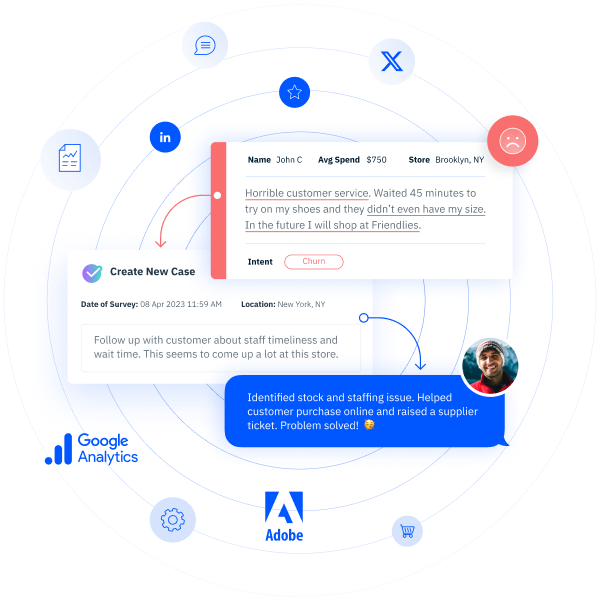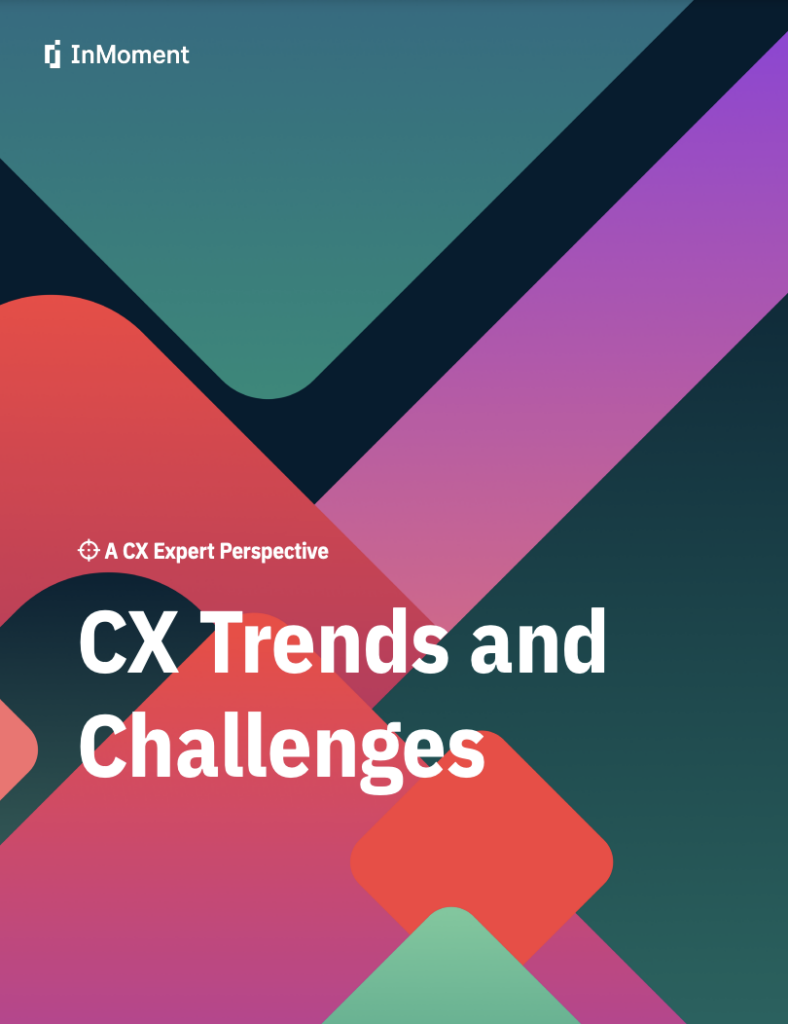Everything You Need to Know About Customer Experience Transformation

Customer experience transformation is the key to staying ahead of your competitors and connecting with your customers. With 93% of companies embarking on a digital transformation and taking a digital-first approach to their business, it is important that your business keeps up in an increasingly online world by practicing customer experience transformation to ensure you are being proactive—not reactive—about your customer’s expectations.
What is Customer Experience Transformation?
Customer experience transformation refers to the strategic and holistic process by which a business fundamentally reimagines and reshapes its entire approach to interacting with customers across various touchpoints and throughout the customer journey. This transformation is driven by the recognition that providing an exceptional customer experience is not merely a nice-to-have, but a critical element for business success in today’s competitive landscape.
Customer experience transformation goes beyond cosmetic changes and surface-level improvements. It involves a comprehensive overhaul of internal processes, technologies, organizational culture, and customer engagement strategies. The ultimate goal is to create meaningful, seamless, and personalized experiences that meet and exceed customer expectations, fostering customer loyalty, advocacy, and ultimately driving business growth.
If you do not undergo continuous customer experience management to help your business keep up with customer and industry competitors, you may develop a static CX program. A stagnant CX program, or stagnant customer experience strategy, can lead to declining customer satisfaction, loss of competitive edge, and missed growth opportunities. As customer preferences change and new technologies emerge, businesses that fail to adapt risk being left behind.
Signs that Customer Experience Transformation is Needed
The signs of a static CX program are not only signals of current shortcomings but also alarm bells indicating the need for immediate transformation. These signs act as wake-up calls that should prompt businesses to reassess their strategies and take proactive steps toward revitalizing their approach to customer engagement.
- Consistent customer complaints: Consistent and recurring customer complaints are undeniable indicators that something isn’t working with your CX program. When customers express frustration, dissatisfaction, or disappointment through repeated complaints, it suggests that their expectations are not being met. These complaints highlight areas where your business is falling short of delivering the experiences that customers desire. Ignoring these complaints or treating them as isolated incidents can result in a negative impact on your brand reputation management strategy and customer loyalty.
- Outdated processes: As technology evolves and customer behaviors change, outdated processes can hinder your ability to provide seamless and efficient experiences. If customers find themselves navigating convoluted processes, encountering unnecessary delays, or facing unnecessary hurdles, it’s likely that your CX program is stuck in the past.
- Low employee engagement: The quality of customer experiences is closely tied to employee commitment. If your employees are disengaged or disconnected from the company’s mission, values, and customers, it will inevitably reflect in customer interactions. Employees who feel unsupported, undervalued, or disconnected from the organization are less likely to provide exceptional service.
Acknowledging these signs of a static CX program is the crucial first step toward igniting a transformational journey. Businesses must confront these indicators head-on and view them as opportunities for growth. Each complaint, outdated process, missed personalization opportunity, and instance of low employee engagement holds valuable insights that can guide strategic changes.
5 Ways to Begin Your Customer Experience Transformation
When looking at ways to revive your CX program, it can be easy to get overwhelmed. But, we’ve narrowed down five of the most important things you need to focus on when undergoing a customer experience transformation. These five areas will make sure you are developing a CX program that is efficient, scalable, and successful!
#1: Collect and Analyze Real-time Data
Gone are the days of relying solely on periodic surveys to understand your customers. Real-time data collection, unstructured data analytics, and predictive customer analytics are essential for gaining insights into customer sentiment and behavior. Leveraging this data empowers you to make informed decisions and address issues promptly, ensuring a more satisfying customer experience.
#2: Implement Personalization Strategies
Customers today expect personalized experiences that cater to their unique preferences. Implementing personalization strategies, such as tailored product recommendations and customized communications, can greatly enhance the customer journey. By showing that you understand and care about each individual, you create a stronger emotional connection.
Learn how InMoment client, FootLocker, was able to consolidate all of its Voice of the Customer (VoC) programs and operational data into one platform, giving it the intelligence needed to create a unique experience for every customer.
#3: Embrace Omnichannel Engagement
Customers interact with businesses across various channels, both digital and physical. To provide a seamless experience, it’s essential to embrace an omnichannel customer experience approach. Integrating these channels ensures that customers receive consistent service and information, regardless of where they choose to engage.
La-Z-Boy partnered with InMoment to do just that. By using the XI Platform and InMoment’s Integrated CX approach, they were able to get structured and unstructured feedback from their customers into one hub.
#4: Empower Employees
Happy employees lead to happy customers. Fostering a customer-centric culture and empowering your employees to take ownership of customer interactions can make a significant impact. When employees feel valued and motivated, they are more likely to go the extra mile to create exceptional experiences.
#5: Continuous Improvement
Innovation is the lifeblood of any successful CX transformation. Staying ahead requires a commitment to continuous innovation, adapting your approach to new technologies and customer trends. Companies that dare to innovate often find themselves leading the pack in customer satisfaction and loyalty.
At InMoment, we utilize the Continuous Improvement Framework with our clients to help them set their CX program up in a way that can change with their business and customer expectations.
Driving Your Customer Experience Transformation
Undergoing customer experience transformation can be a daunting task. Luckily, we’re here to help! Schedule a demo today to chat with one of our experts and see what InMoment can do for you!
References
Foundry. Digital Business Study 2023 (https://resources.foundryco.com/download/digital-business-executive-summary). Access 12/1/23.






